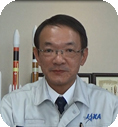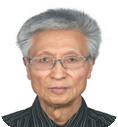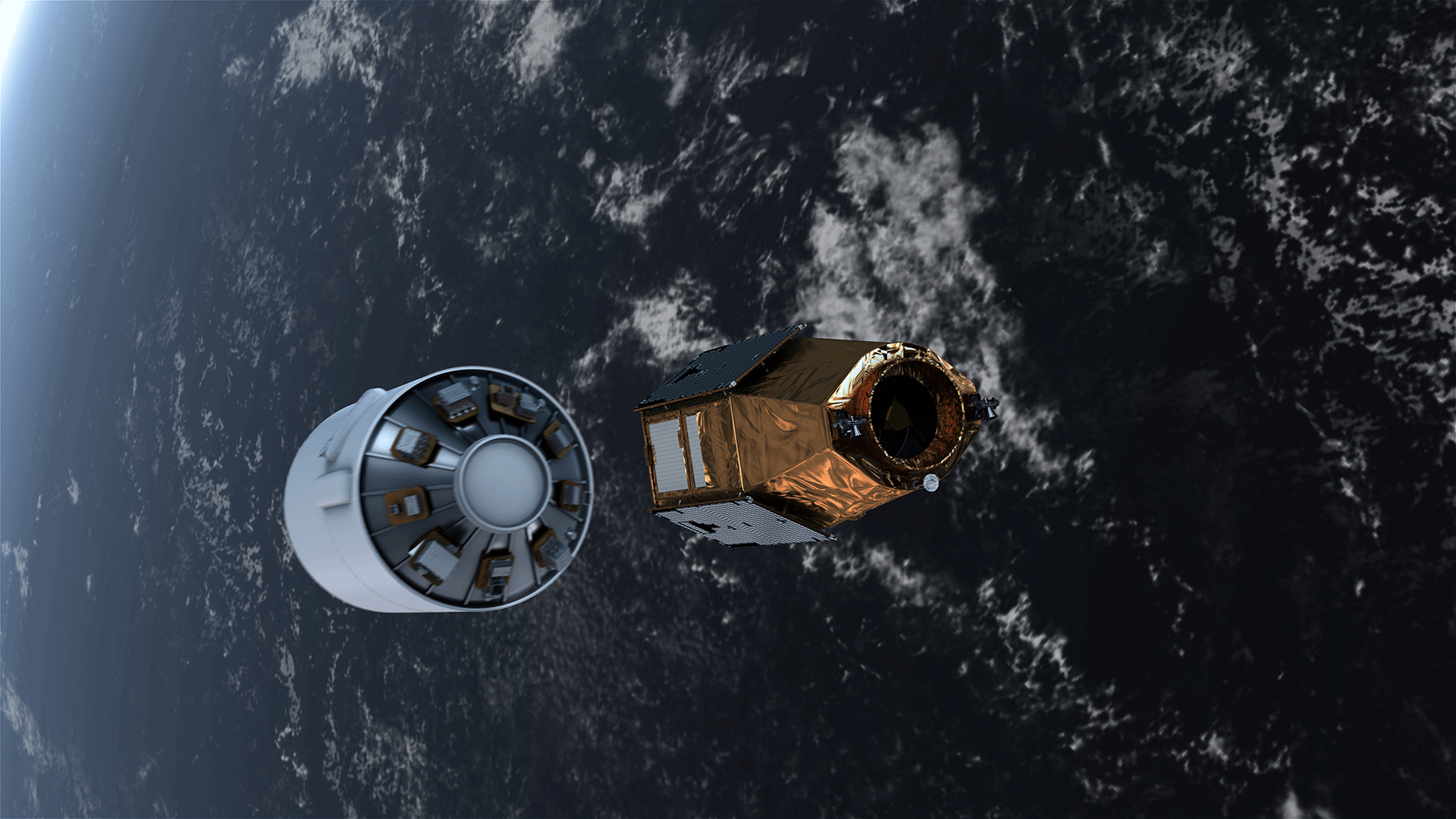Plenary Lecture
 |
Prof. Sejin Kwon Korea Advanced Institute of Science and Technology, Korea Space Propulsion System with Green Propellants March 4 (Thu), 2021 [10:40 ~ 11:20] Biography Abstract
General Director
Satellite Technology Research Center (SaTReC)
Space propulsion system is essential for orbit transfer and attitude control of a spacecraft. Depending on its application, typical thrust level of space propulsion system ranges from tens to thousands of Newton. Conventional space propulsion systems have been built on monopropellant hydrazine or monomethyl hydrazine-nitrogen tetroxide hypergolic bipropellant. These hydrazine-based propellants are highly toxic and carcinogenic, which incur high cost in system development and testing to protect the personnel from the toxic fume of the propellants. Investigation on nontoxic green propellants for space propulsion system has been gaining momentum in Europe and the US since 1990. The author would like to present the research activity of Rocket Lab KAIST on green propellants for the past twenty years. Hydrogen peroxide and ammonium dinitramide (ADN) monopropellants with their decomposition catalyst will be examined. Development of hydrogen peroxide monopropellant thruster and their system implementation will be discussed. Design, fabrication and firing test of the thrusters will be presented. For orbit transfer of spacecraft, higher specific impulse thruster with high thrust level is necessary. Bipropellant thruster with hydrogen peroxide as an oxidizer was developed and tested for this purpose. Finally, hypergolic bipropellant thruster with hydrogen peroxide and fuel with additive was developed and tested. Comparison of hydrogen peroxide and conventional propellants will be discussed.
|
|---|---|
 |
Mr. Max Haot CEO at Launcher, USA 3D Printed Liquid Rocket Engines: Advancing Performance And Size March 4 (Thu), 2021 [11:20 ~ 12:00] Biography Abstract
Max Haot is the Founder and CEO at Launcher based in New York City. He teamed up with experienced liquid propulsion expert Igor Nikishchenko (previously Deputy Chief Designer, Liquid Propulsion group at Yuzhnoye in Ukraine) with a goal to develop the world’s most efficient rocket to deliver small satellites to orbit. Max is and internet entrepreneur, he was the founder of Mevo.com, a livestreaming camera company, recently acquired by Logitech.
Mr. Haot will present the development progress and milestones reached in the development of the Launcher E-2 liquid rocket engine.
Launcher’s goal with E-2 is to produce the world’s highest performance liquid rocket engine for the small launcher category. Launcher E-2 Specification: Thrust: 10 tf, Propellant: LOX/RP-1, Specific Impulse: 365s with vacuum nozzle, 98% Combustion efficiency (c*), LOX cooled, Copper Alloy, 3D printed. |
 |
Dr. Makoto Yoshida Kakuda Space Center, JAXA, Japan Research and Development Progress of JAXA Kakuda Space Center March 5 (Fri), 2021 [10:40 ~ 11:20] Biography Abstract
Makoto Yoshida is currently Director of JAXA Kakuda Space Center since April 2015. He earned his Master of Engineering from University of Tokyo in 1985, and his PhD in Engineering from Tohoku University in 1999. In 1985, he became a researcher of National Aerospace Laboratory (NAL), the predecessor of JAXA, and he engaged in research and development of the liquid oxygen turbopump for LE-7 engine, the first stage rocket engine of all domestic H-2 rocket. He stayed in Massachusetts Institute of Technology as a visiting scientist from 1990 to 1992 in high temperature materials Lab. The current interests are wide range of future space propulsion systems such as reusable rocket engines, air-breathing engines, and engines for planetary exploration.
Kakuda Space Center is a research and development hub for JAXA’s space propulsion technology. The center is used for various tasks from research of fundamental technologies to development and tests of rocket engines. The center had engaged in R&D and test work on LE-5 engine, Japan’s first LOX/LH2 engine which settled the basis of Japan’s large-sized rocket engines. The center is now developing the upgraded LE-5B-3 engine, and the most advanced LE-9 engine for Japan’s Next Generation Launch Vehicle H3. The research of reusable rocket engine and scramjet engine aiming at fully reusable future launch system are also investigated. The facilities are open to private businesses, universities, and foreign space agencies such as NASA. The presentation will describe the future research and development of space propulsion system, following the history of research and development at the Kakuda Space Center.
|
 |
Prof. Kunyuan Zhang Nanjing University of Aeronautics and Astronautics, China Supersonic and Hypersonic Curved Compression System and its Inverse Design March 5 (Fri), 2021 [11:20 ~ 12:00] Biography Abstract
Originally from Hang Zhou, Zhejiang Province, China, Kunyuan Zhang is a Professor in the College of Energy and Power Engineering, Nanjing University of Aeronautics and Astronautics. He has conducted research in the field of inlet aerodynamics for Ramjet and Scramjet for 41 years. He was visiting scholar in the Institute for Aerospace Studies, University of Toronto from 1983 to 1985 and also visiting scholar in the German Aerospace Center (DLR) from 1990 to 1993. His research interests include airbreathing hypersonic propulsion, aerodynamics for inlet and nozzle, shock waves and shock interactions. Over the past two decades Professor Kunyuan Zhang and his team have studied extensively the theory of hypersonic inlet with curved compression and systematically established its inverse design methodology. He has authored or co-authored around 100 scientific papers and he is the author of recently published book titled with Hypersonic Curved Compression Inlet and its Inverse Design.
Address: College of Energy and Power Engineering, Nanjing University of Aeronautics and Astronautics, Nanjing, 210016, China Tel. +86 139 5203 2259 E-mail: zkype@nuaa.edu.cn
What is curved compression? In short words, it is a compression mode under which all compression surfaces participate in compressing supersonic flow. It is a compression mode under which flow is compressed on “every inch of compression surface”. Curved compression is usually accompanied by curved shock wave.
According to research, curved compression system has advantages in reducing total-pressure loss, shortening compression length, avoiding boundary layer separation, improving non-design point performance, reducing drag, tolerating non-uniform coming flow. Therefore, curved compression inlet gradually draws attention, explorations and detailed researches have been carried out for design method, performance and application of such flow field, and rich achievements have been made. There are two kind of inverse design methods. The design idea and process of the first kind of inverse design are introduced, namely design for the whole compression surface based on existing flow parameter distribution. The focus of flow field design is the design of one or more curved shock waves and obviously the solution is not unique. The second kind of inverse design is introduced, namely design for compression surface shape and the whole compression flow field based on the specified pressure distribution on compression surface or design for geometric shape of compression surface and the whole curved shock wave compression flow field based on the specified compression surface deceleration rule. With the increasing inward turning inlet research, design of axisymmetric reference flow field has become a key problem. The process and details of designing axisymmetric reference flow field with inverse tangent pressure rising rule of wall, inverse tangent decelerating rule of wall and other method by fully using the second kind of inverse design method are introduced. A new method is provided for designing excellent-performance inward turning inlet. The design processes, model experiments and partial experiment results of these inlets for design of hypersonic two dimensional inlet, hypersonic axisymmetric inlet, hypersonic sidewall compression inlet and hypersonic inward turning inlet with the inverse design methods, are introduced. In order to adapt to the needs in wide Mach number working range, both the concept of curved shock wave curved compression surface and concept of adaptive variable geometric elastic curved compression surface are proposed. The performance advantages and future development of this new design concept are discussed. |
| Secretariat of AJCPP2021 #402, Building D, 17, Techno-Ro 4 Gil, Yuseong-Gu, Daejeon 34013, Korea Tel. +82-70-7776-0770 | Fax. +82-42-489-7071 | Email. secretariat@ajcpp2021.org The Korean Society of Propulsion Engineers # 502 Hongin Officetel, Daehak-ro 28, Yuseong-gu, Daejeon 34186, Korea Identification Number : 314-82-04935 President : Tae-Seong ROH Copyright © AJCPP 2021. All rights reserved. |
AJCPP2021 Online
Login
|
|
|
| Password |
Contents accessible after log-in. If you forgot your password, you can go to the main AJCPP2021 website (ajcpp2021.org) Online Registration tab to find your password.




















